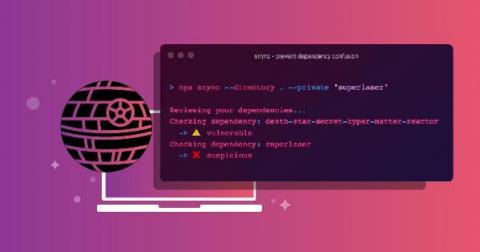Security | Threat Detection | Cyberattacks | DevSecOps | Compliance
Snyk
Fast Forward Micro-interview with Snyk Impact
Develop for Good Micro-interview with Snyk Impact
CareerVillage.org Micro-interview with Snyk Impact
AIEDU Micro-interview with Snyk Impact
UPchieve Micro-interview with Snyk Impact
A (soft) introduction to Python dependency management
Python has been deemed as a “simple” language — easy to use and easy to develop scripts to do numerous tasks — from web scraping to automation to building large-scale web applications and even performing data science. However, dependencies are managed quite differently in Python than in other languages, and the myriad options of setting up an environment and package managers only add to the confusion.
DevSecOps Road Trip UK stop - Andrew Martin & Lili Kastilio
Detect and prevent dependency confusion attacks on npm to maintain supply chain security
On February 9, 2021, Alex Birsan disclosed his aptly named security research, dependency confusion. In his disclosure, he describes how a novel supply chain attack that exploits misconfiguration by developers, as well as design flaws of numerous package managers in the open source language-based software ecosystems, allowed him to gain access and exfiltrate data from companies such as Yelp, Tesla, Apple, Microsoft, and others.











